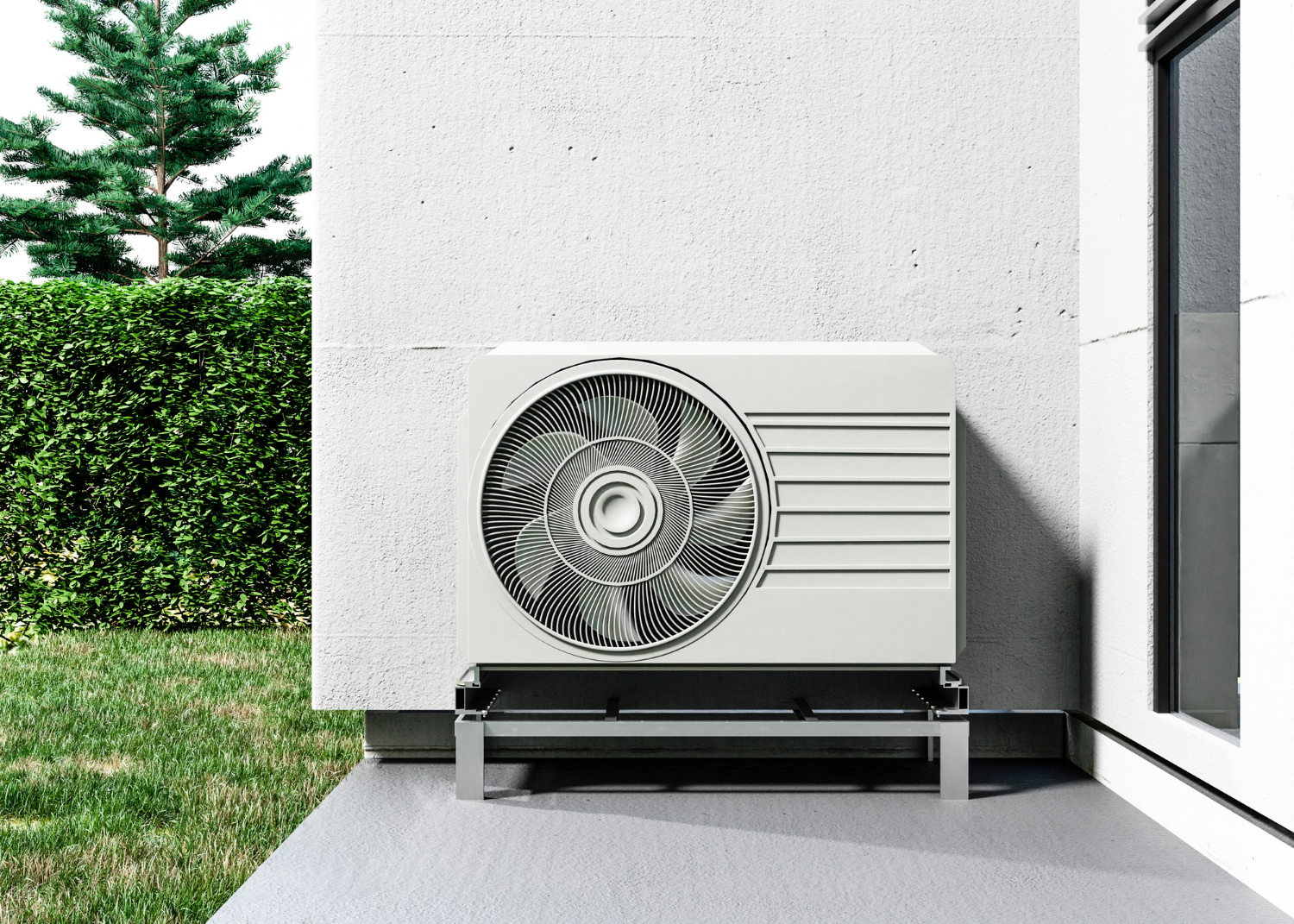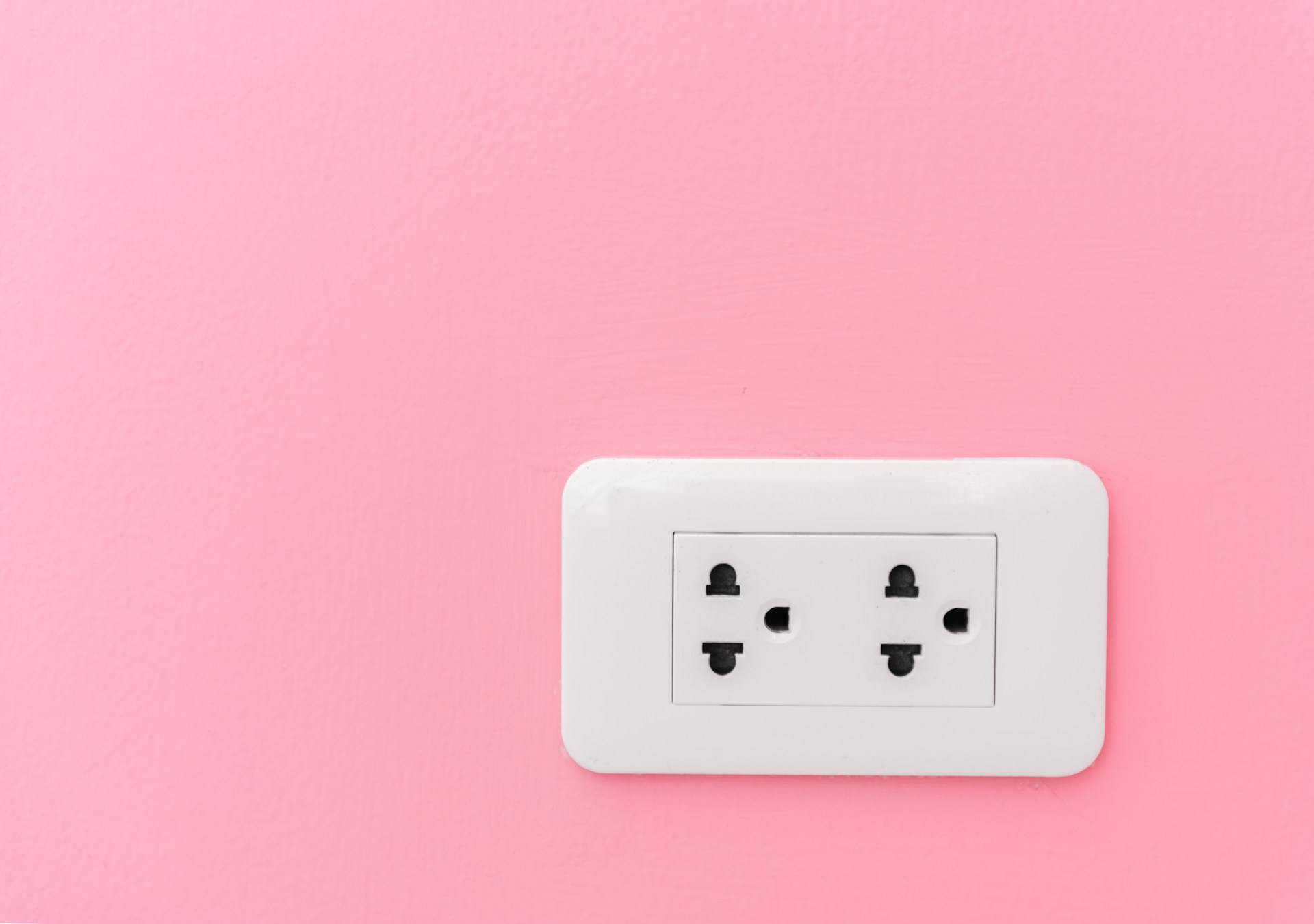
EV Charger Installation Cable Sizing Problems: Avoiding Voltage Drop

When installing an electric vehicle (EV) charger at home in Alamo, one of the key components that often gets overlooked is the cable. It might seem like just a wire delivering power from your electrical panel to the charger, but its size plays a big role in how well your charger works. If the cable is not sized properly, it can lead to a voltage drop that affects the charger's performance, slows down charging time, or even causes long-term damage to your system.
Homeowners sometimes think that picking a standard cable size is safe enough, especially when everything seems to power up fine. The truth is a mismatched cable size can slowly wear out the equipment or spike your energy usage without you realizing it. Getting the right setup from the start not only protects your EV investment but also ensures safe and efficient charging every time you plug in.
Understanding Voltage Drop
Voltage drop happens when electrical current loses pressure as it moves through a wire. The longer the wire or the smaller its diameter, the more resistance it faces. That resistance turns into heat and causes the power level at the end of the cable to dip. For EV chargers, that small dip can lead to slower charging or make the charger work harder to deliver what your vehicle needs.
In Alamo, many homes have garages or parking spots a good distance from the main electrical panel. That extra distance increases the chance of voltage drop unless the cable size is increased to compensate. While your EV might still charge, the risk grows over time. Devices might overheat, breakers can trip, and energy loss creeps into your monthly bill.
How can you tell if voltage drop is becoming a problem during your EV charger installation in Alamo? The signs are not always obvious. Unlike flickering lights or random shutoffs, EV charger issues often build over time. A charger that once fully powered your car overnight might suddenly take an extra hour. Or maybe the charger casing feels hotter than before. These warning signs can indicate that the cable is no longer working as it should.
Key Factors That Impact Cable Sizing
Choosing the right cable size is not just about picking the thickest option available. Several factors must be considered to make sure the cabling can handle the power without creating a strain on the system. These include:
- Distance: The longer the run from the electrical panel to the EV charger, the more potential there is for voltage drop. Longer distances usually require thicker cables.
- Amperage Requirements: The charging level—whether it is Level 1 or Level 2—directly affects how much current will flow. Higher currents demand cables that can carry more load.
- Cable Material: Copper cables conduct electricity better than aluminum ones. If aluminum cable is used, a larger size is generally needed to provide the same performance.
- Installation Environment: Wires run through walls, underground conduits, or outside the house can be exposed to heat or other stress. These requirements can affect the type and thickness of the cable needed.
Ignoring these details can cause ongoing issues, especially in homes where the garage is detached or electrical panels are far from the EV charger. An example would be a homeowner in Alamo who opted for standard cabling without measuring the length from their electrical panel to the charger. Soon after installation, they started noticing slower charge times and occasional overheating near the outlet, all because the wire gauge was not right for their setup.
Getting the sizing correct avoids these problems and keeps the entire EV charging system running efficiently and safely over the long term.
Common Issues Caused by Improper Cable Sizing
When the wrong cable size is used during EV charger installation, the problems can take time to show up. Many homeowners in Alamo may only notice something is wrong when the car takes longer to charge or the charger starts acting strangely. These are signs that should not be ignored.
Some of the most common signs and risks tied to undersized or poorly selected wiring include:
- Overheating near the charging port or electrical panel
- Breakers tripping more often than usual
- Slow or inconsistent charging sessions
- Unusual heat buildup around the cable or connector
- Unexplained increase in electricity usage
If left unresolved, these problems can lead to equipment wear, full system shutdowns, or safety hazards like insulation failure. The heat created by insufficient wiring can spread through the entire circuit, raising the risk of fire or damage to other connected devices.
Steps to Get EV Cable Sizing Right
To avoid these problems from the beginning, cable sizing should be based on actual site conditions, not assumptions. EV chargers, especially Level 2 systems, require higher current levels than most household appliances. Getting this part right the first time helps prevent long-term issues.
Here are the steps our technicians follow to ensure proper cable sizing:
1. Measure the distance between the main electrical panel and the charger’s location. This helps estimate how much voltage drop could occur.
2. Confirm the amperage rating of the EV charger, which tells us how much current the cable must carry under full load.
3. Choose a wire material, usually copper or aluminum, based on cost, performance, and the length of the run. Copper works better, but aluminum may be used for longer distances with larger sizing.
4. Consider the installation environment. Cables buried underground may need protection against moisture and heat, while those in walls might need fire-rated coverings.
5. Review local codes and manufacturer instructions to confirm all safety and performance standards are met.
Some homeowners are surprised to learn that a 30-foot or 50-foot cable length can completely change the size needed. One resident in Alamo planned to install a Level 2 charger in a detached garage using a basic 10-gauge wire. However, because the distance was 55 feet, a heavier copper cable was required to reduce voltage drop and support proper charger function. Making that adjustment before installation prevented future overheating and avoided expensive repairs.
Reliable EV Charger Installation in Alamo
When you are setting up an EV charger at home, the wiring may not be the most exciting part of the project, but it is one of the most important. Problems from wrong cables do not surface immediately. They appear over time as slower charging, equipment damage, or rising energy costs. That is why selecting the right cable size based on your specific home layout is critical.
In Alamo, homes differ in panel locations, garage distances, and wiring paths. There is no one-size-fits-all approach. Accurate cable sizing must match the home's layout, power requirements, and the charger’s location. When this detail is handled correctly, it improves the charger's performance and supports long-term reliability.
Taking time to size the cable correctly not only protects your EV investment but also keeps the system running safely and consistently for years. This small decision upfront has long-lasting benefits.
Proper cable sizing and wiring reviews help prevent problems that can disrupt your EV charging setup over time. If you are considering EV charger installation in Alamo, partnering with our professionals at Green Air Heating and Air Conditioning, Inc ensures your system operates safely and efficiently while helping you avoid costly issues down the line. For a quick estimate or to book a service visit, please contact us today.
Customer Testimonials
Our clients love the energy solutions we provide!
Ready to Transform Your Home?

















